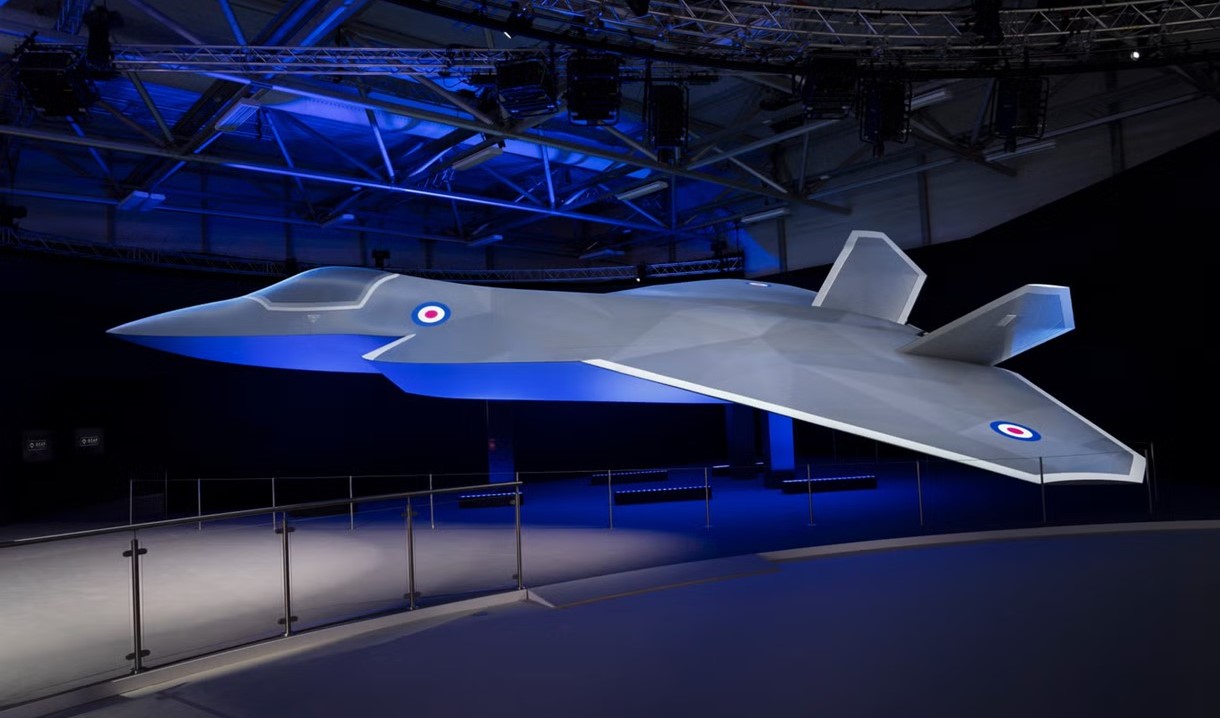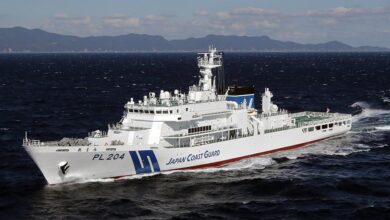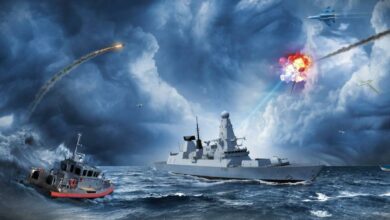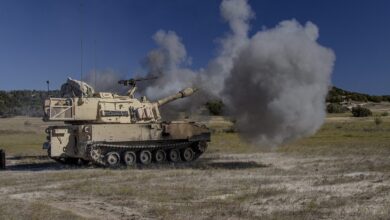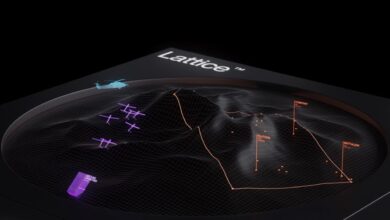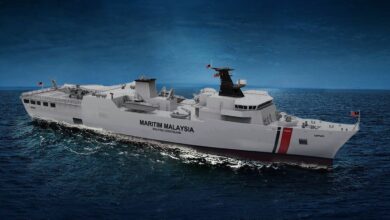BAE Systems has unveiled a new concept model of its Tempest next-generation fighter aircraft featuring an “evolved design” to meet British, Italian, and Japanese requirements.
Part of the tri-national Global Combat Aircraft Programme (GCAP), the Tempest is poised to become the UK’s future flagship fighter jet, with capabilities superior to the American F-35.
The new design features a wingspan larger than previous concepts for improved aerodynamics and overall performance.
It also features added internal capacity to accommodate more fuel for long-range missions and heavy weapons load to better support combat operations.
New #GCAP concept imagery for @FIAFarnborough from partners nations of UK, Japan, and Italy, showing major changes in the wing and aft fuselage/empennage elements of the design… pic.twitter.com/yWEKGOG0vB
— Gareth Jennings (@GarethJennings3) July 21, 2024
“[We] need to go far, we need to carry lots of stuff, and [we] need to do it in a low observable/stealthy configuration,” company official Herman Claesen said, adding that the new model represents “notable progress.”
BAE Systems collaborated with Italy’s Leonardo and Japan’s Mitsubishi Heavy Industries on the new concept model.
‘Most Advanced, Adaptable Jet’
Launched in 2022, the GCAP aims to develop a sixth-generation fighter jet that can support manned-unmanned teaming, similar to the Collaborative Combat Aircraft of the US.
It is envisaged to become one of the world’s most advanced, interoperable, adaptable, and connected combat aircraft ever.
It will reportedly feature intelligent weapons systems, a software-driven interactive cockpit, and integrated sensors and radars that provide 10,000 times more data than current technologies.
The GCAP received two billion pounds ($2.6 billion) in funding for its initial phase, but overall costs are expected to be significantly more.
Once developed, the GCAP fighter jet will replace British and Italian Eurofighter Typhoons, as well as Japanese F-2s.
Funding Concerns
Despite the promise of the GCAP, concerns are mounting that the program may face serious funding issues after the UK government ordered a sweeping review of defense.
Armed Forces Minister Luke Pollard said the program could be vulnerable should the review indicate that funding priority should be given to projects that can deter more immediate threats.
GCAP’s Tempest is not expected to see service until after 2035, which is still more than a decade away.
“The GCAP program is a really important program for us,” he stressed. “[But] it is not right for me to prejudge what might happen in the defense review.”

